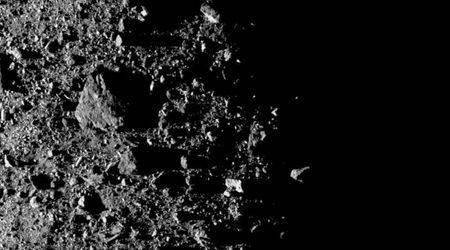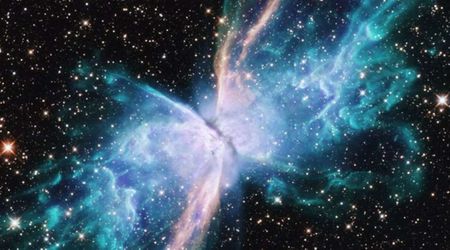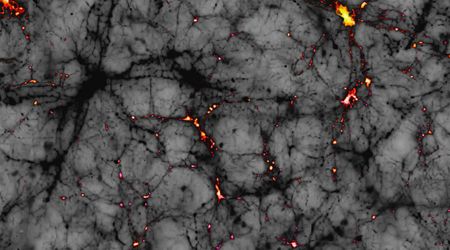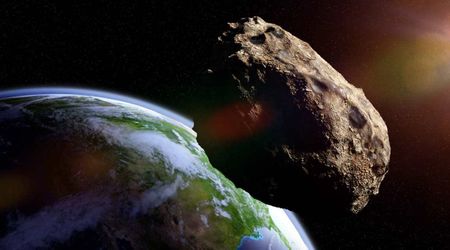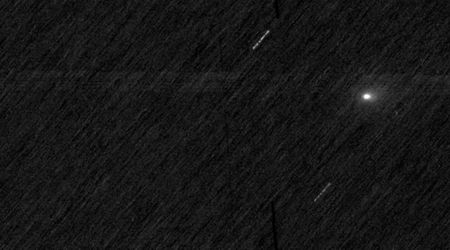Would a human survive falling into a black hole?
![An illustration supermassive black hole at the center of the Milky Way galaxy, known as Sagittarius A* (A-star). It is surrounded by a swirling accretion disk of hot gas (Image Credit: NASA, ESA, CSA, Ralf Crawford [STScI] )](https://d3hedi16gruj5j.cloudfront.net/779520/uploads/0541b400-bf7b-11f0-80b2-efecb327f795_1200_630.jpeg)
Black holes are some of the most fascinating phenomena in the cosmos. When you hear the word ‘black hole’, you feel intrigued. It seems like a synonym of darkness, mystery, oblivion, a space from which there is no coming back. Black holes have been one of the most discussed topics in the scientific community, but are still not fully understood.
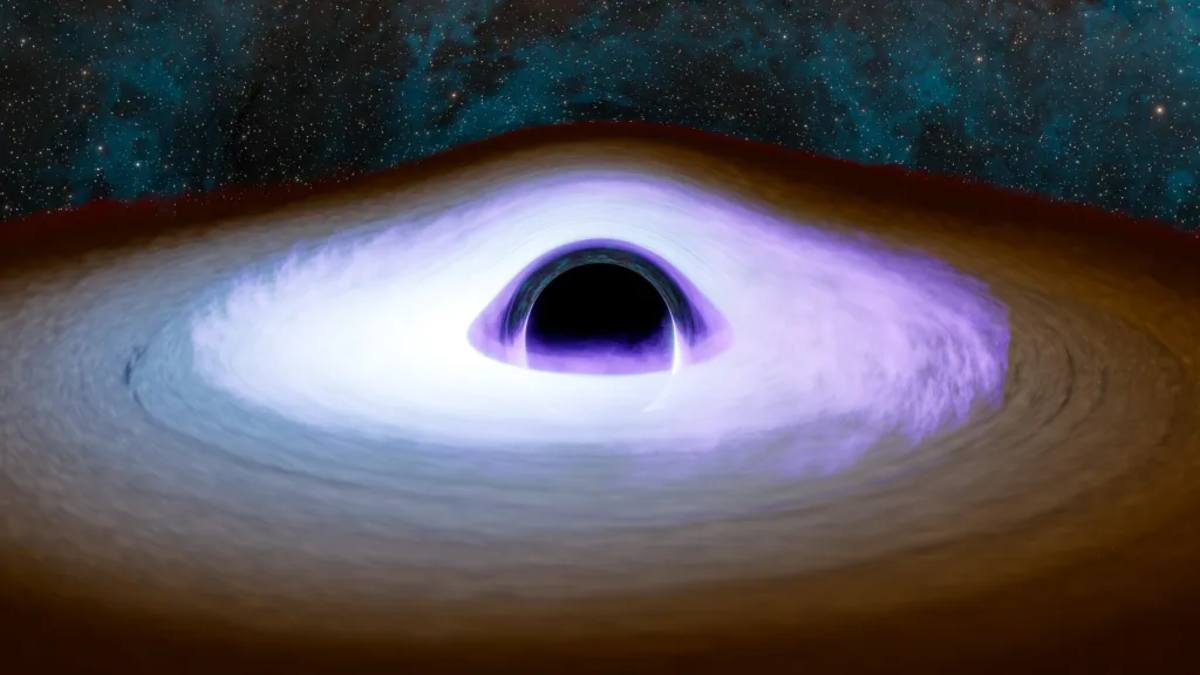
What is a black hole?
Black holes are among the most extreme objects in the universe, forming when a massive star collapses under its own gravity. If the star's core is more than about three times the mass of our Sun, gravity overpowers everything else and a black hole is born, per NASA. These cosmic giants are incredibly dense because an enormous amount of mass is packed in a tiny region surrounded by a boundary known as the event horizon. This creates a gravitational pull so intense that not even light can escape.
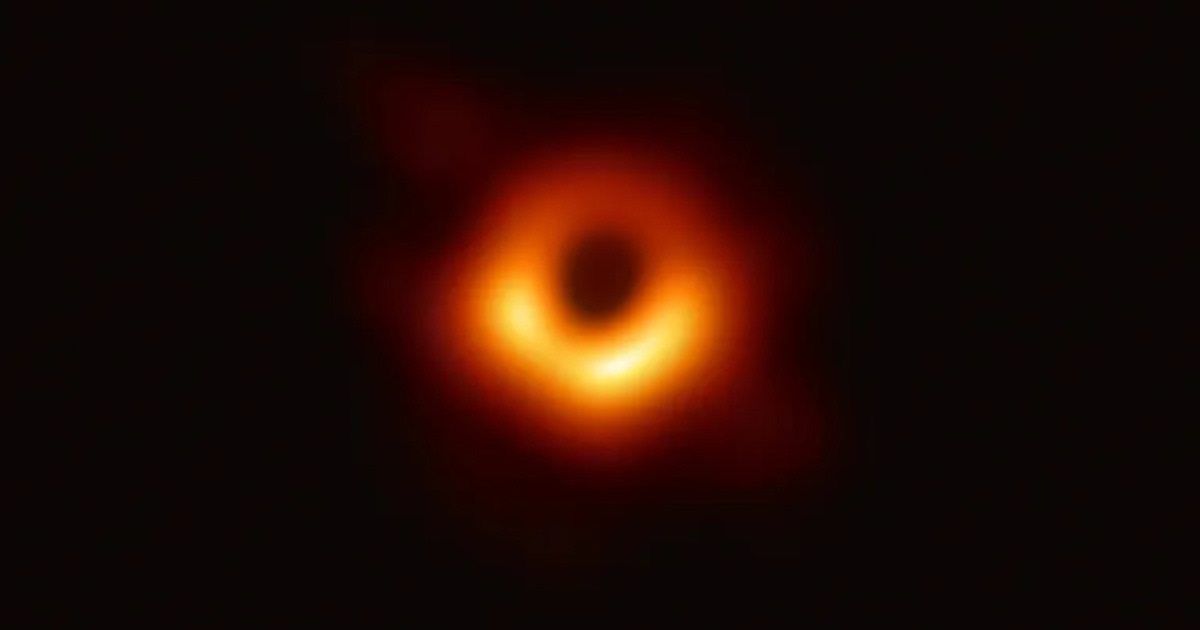
Types of black holes
Formed by the death of a large star, stellar-mass black holes are the smallest amongst all types. They range between 1 and 100 times the mass of the Sun. Supermassive black holes are the largest and are situated at the center of galaxies, per NASA. They have millions or even billions of times the Sun’s mass. They tend to achieve their enormous size by merging with other black holes and also by absorbing nearby stars. Intermediate-mass black holes are a third category and are rarer to find. They sit between the other two. It is believed that these merge to form a supermassive type.
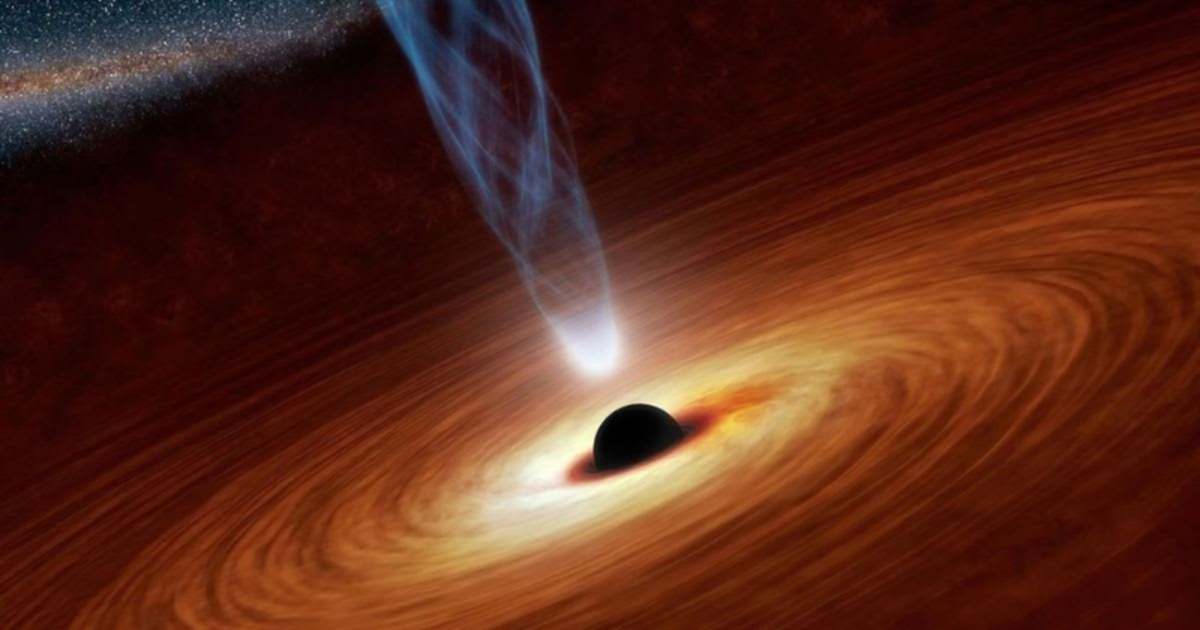
Would you survive if you fell into a black hole?
No matter which kind of black hole you fall into, the outcome is never pleasant. If you were to enter a stellar-mass black hole, your body would experience a phenomenon scientists call “spaghettification.” The immense gravitational pull would stretch you from head to toe while compressing you side-to-side, pulling you apart in a long, thin strand. Hence, "spaghettification."
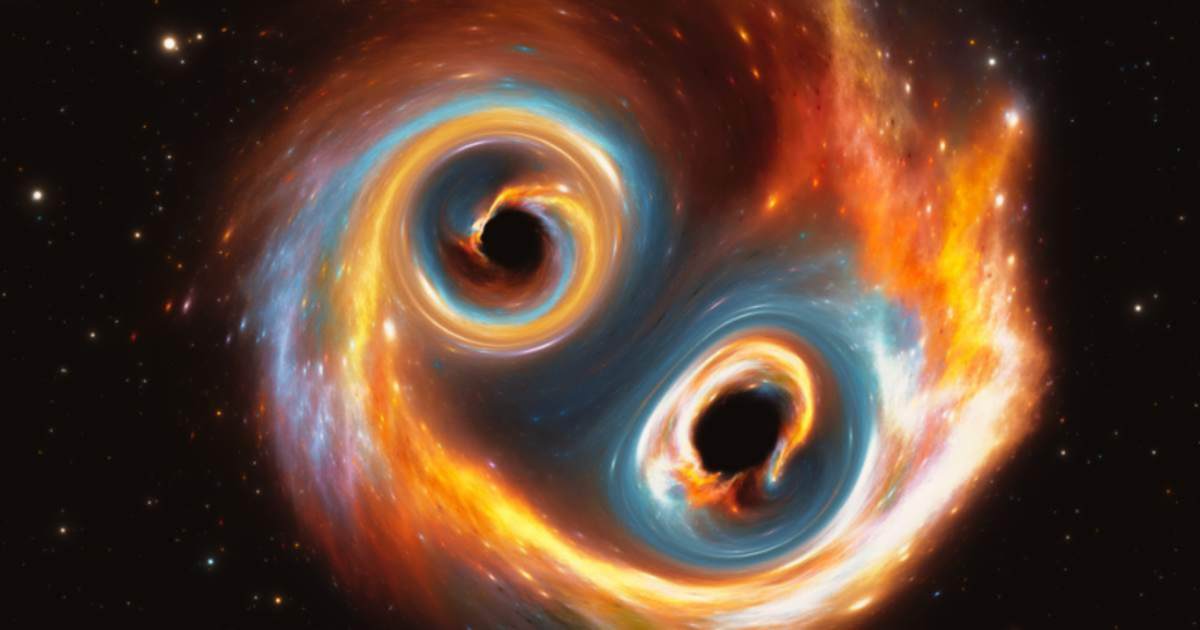
A supermassive black hole would have a slightly less devastating impact on your body. That's because while the gravitational pull will be much stronger, the tidal force will be less. So, you won't turn into cosmic spaghetti. But once you cross the event horizon, there is no coming back. From within, you could still look outside, but no one outside could see you, as any light trying to leave would be pulled back in. In any kind of black hole, at the center, lies the singularity, a region of intense gravity where all the mass is crushed into a tiny point. So, no chance of survival.
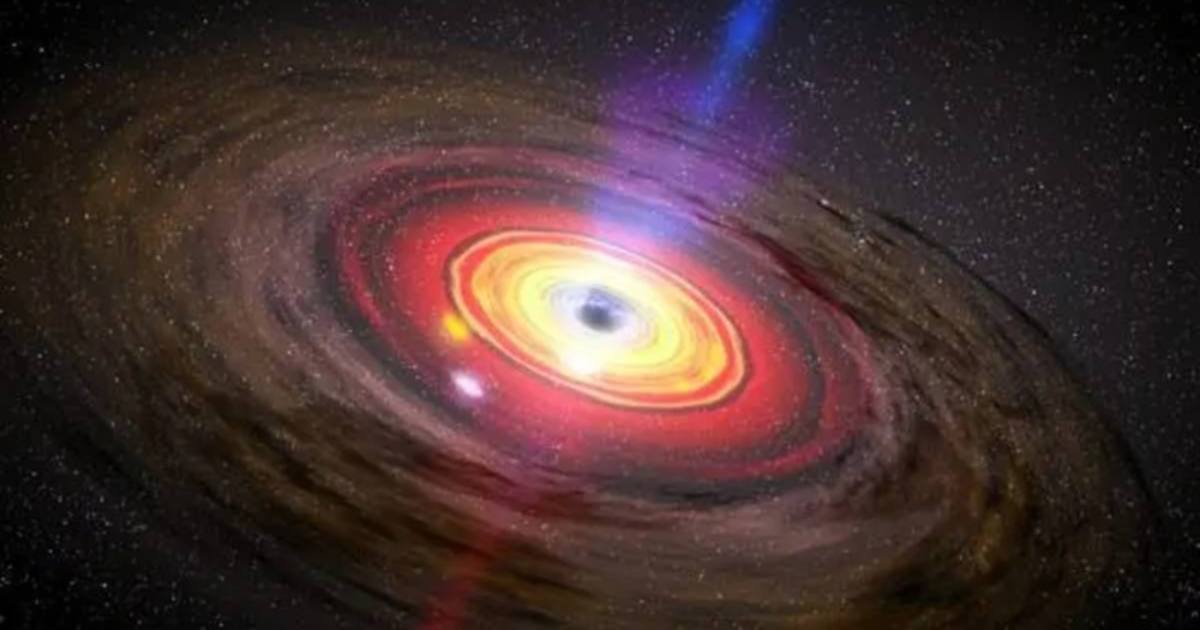
But there is one concept that could give you hope of escape. Theoretically, the answer to black holes is white holes. If a black hole pulls everything in, a white hole does the opposite, throwing out matter and energy. It may occur through a wormhole, an interdimensional tunnel connecting the two holes.
![This Hubble image of the giant galaxy M87 shows a 3,000-light-year-long jet of plasma blasting from the galaxy's 6.5-billion-solar-mass central black hole(Image Source: NASA, ESA, STScI, Alec Lessing (Stanford University), Mike Shara (AMNH); Acknowledgment: Edward Baltz (Stanford University); Image Processing: Joseph DePasquale [STScI])](https://de40cj7fpezr7.cloudfront.net/ae3a2750-b902-461b-99f5-6474691c85f2.png)
While white holes remain a theory, black holes continue to prove their power continuously. Per NASA telescopes, in 2014, a 'tidal disruption’ in space was noticed. Turns out it was a star that reached very close to a black hole, which was at the center of a distant galaxy, around 290 million light-years away. The star met a violent end. As the black hole’s gravity overpowered it, the star was swallowed by the singularity. So yeah, falling into a black hole? May not be the best idea - even in theory.
More on Starlust
Black hole shadows could finally help detect the universe’s 'invisible' dark matter, say scientists
